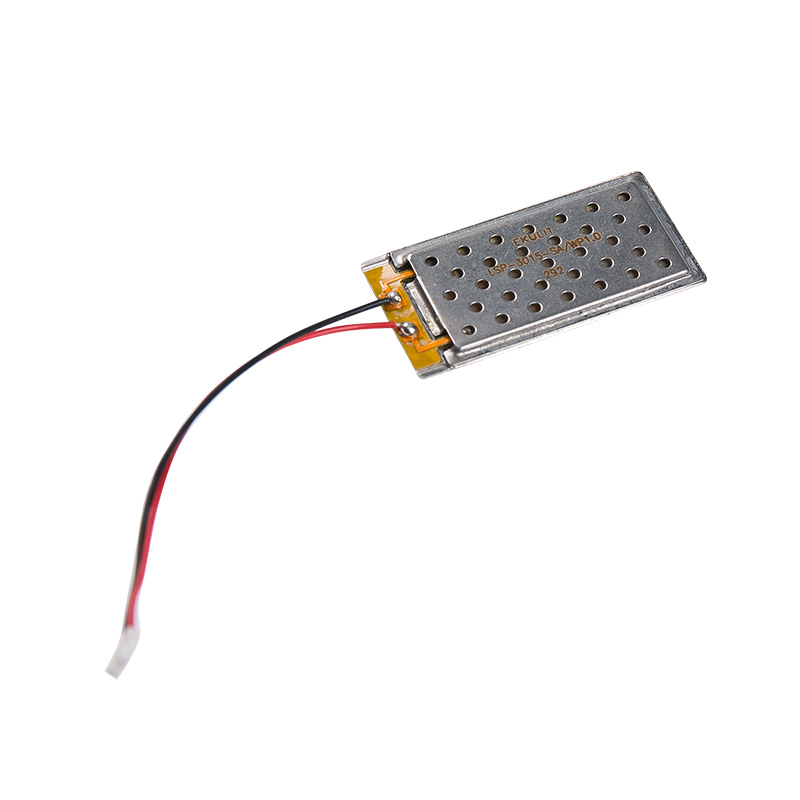The dispersion pattern of a tweeter speaker is a critical aspect that influences how sound is spread throughout a listening space. It determines the perceived width and depth of the soundstage, as well as the clarity of high-frequency details. Here's how dispersion patterns are engineered in tweeter speakers:
Tweeter Design: The physical design of the tweeter, including the shape and material of the diaphragm, affects dispersion. For example, dome tweeters can offer wide dispersion, while ribbon tweeters may have a more focused dispersion pattern.
Waveguides: Many tweeters incorporate waveguides, which are specially designed structures that direct the sound waves in a controlled manner. Waveguides can help to widen the dispersion pattern and ensure a more even distribution of high frequencies.
Crossover Design: The crossover point where the signal is split between the tweeter and other drivers (like mid-range or woofers) is crucial. A well-designed crossover can ensure a smooth transition between frequency bands, affecting the dispersion and overall sound quality.
Tweeter Positioning: The placement of the tweeter within a speaker system or in a room can significantly affect dispersion. Tweeters are often positioned to minimize the impact of room acoustics and to provide a balanced soundstage.
Damping Materials: The use of damping materials within the tweeter can help to control resonance and reduce distortion, which in turn can improve the dispersion pattern by providing a clearer, more defined high-frequency response.

Diaphragm Material: The choice of diaphragm material can influence the dispersion. Materials like silk, aluminum, and titanium have different stiffness and weight properties, which can affect how sound waves are radiated.
Tweeter Mounting: The way a tweeter is mounted can also impact its dispersion. For instance, adjustable tweeter mounts can allow for precise aiming to optimize the dispersion pattern in a specific listening environment.
Room Integration: Understanding how the tweeter's dispersion pattern interacts with the room's acoustics is essential. This can involve using acoustic treatments or choosing speaker positions that complement the tweeter's dispersion for the best listening experience.
Phase Plugs: Some tweeters use phase plugs, which are small protrusions in the center of the diaphragm. These can help to control the dispersion and reduce beaming effects at high frequencies.
Electronic Processing: In some advanced speaker systems, electronic signal processing is used to adjust the dispersion pattern of the tweeter, compensating for room acoustics or personalizing the sound to the listener's preference.
Hybrid Designs: Combining different tweeter technologies, such as a dome with a ribbon or a dome with a horn, can create a hybrid dispersion pattern that takes advantage of the strengths of each type.
By carefully engineering these aspects, manufacturers can create tweeters with the desired dispersion characteristics to suit different listening environments and preferences.


 EN
EN  English
English Deutsch
Deutsch 中文简体
中文简体
